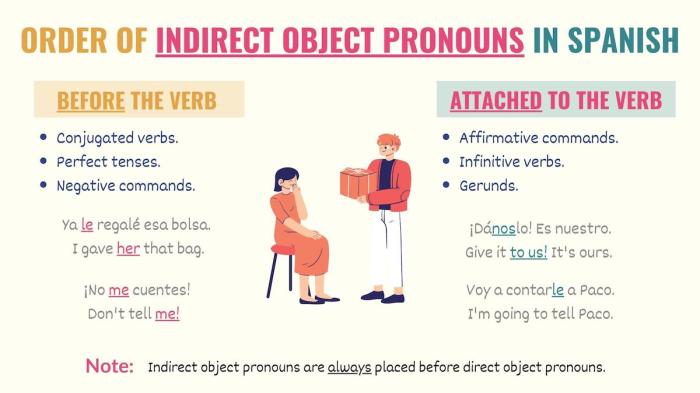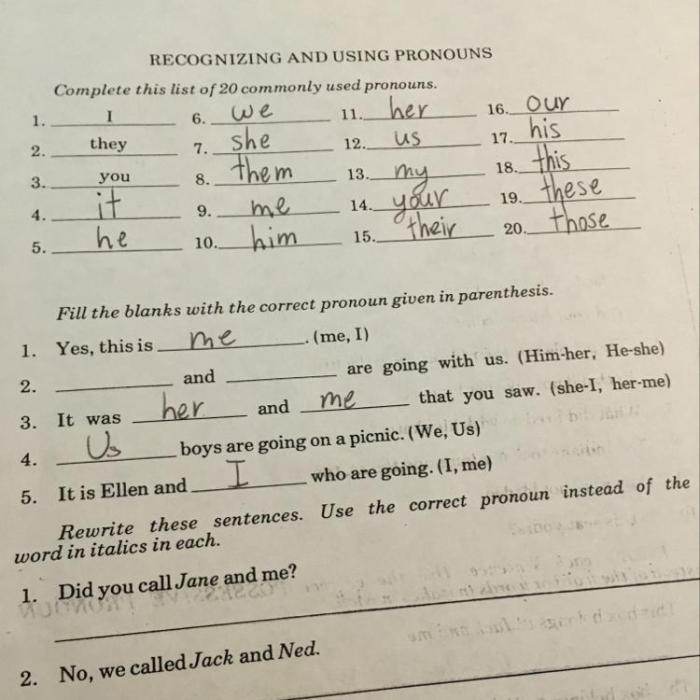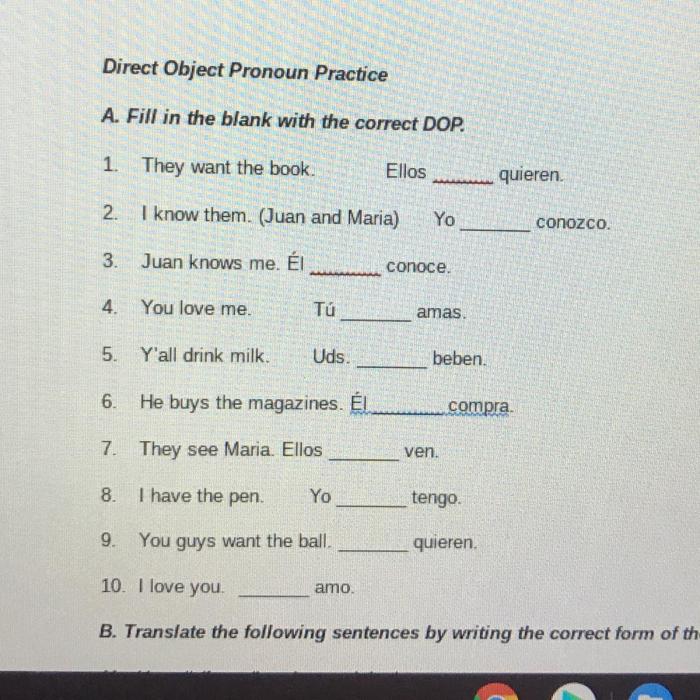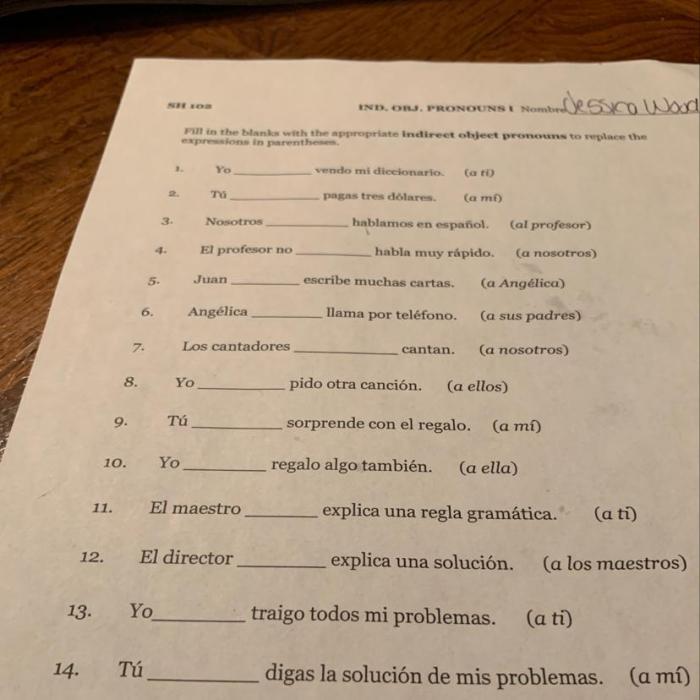Fill in the blanks with the correct direct object pronouns. – Fill in the blanks with the correct direct object pronouns introduces the fundamental concept of direct object pronouns and their indispensable role in sentence construction. Direct object pronouns, such as “me,” “you,” and “him,” replace direct objects, adding precision and clarity to communication.
This guide delves into the intricacies of direct object pronouns, providing a comprehensive understanding of their usage and significance.
Throughout this exploration, we will embark on a series of interactive exercises, unraveling the complexities of direct object pronouns. We will delve into the distinction between direct and indirect object pronouns, examining their unique functions and applications. Furthermore, we will uncover the nuances of using direct object pronouns in complex sentences, mastering the art of pronoun placement and sentence structure.
1. Understanding Direct Object Pronouns
Direct object pronouns are words that replace the direct object of a verb in a sentence. The direct object is the person or thing that receives the action of the verb. For example, in the sentence “John hit the ball,” “the ball” is the direct object.
There are six direct object pronouns in English: me, you, him, her, it, and them. These pronouns correspond to the personal pronouns I, you, he, she, it, and they.
2. Fill in the Blanks with Direct Object Pronouns

Fill in the blanks with the correct direct object pronouns:
- I saw _____ at the store yesterday.
- The teacher gave _____ a book.
- My friend invited _____ to the party.
- I love _____ very much.
- I need _____ to help me with this project.
3. Table of Direct Object Pronouns

| Personal Pronoun | Direct Object Pronoun | Example Sentence |
|---|---|---|
| I | me | The teacher gave me a book. |
| you | you | I saw you at the store yesterday. |
| he | him | My friend invited him to the party. |
| she | her | I love her very much. |
| it | it | I need it to help me with this project. |
| they | them | The teacher gave them a book. |
4. Practice Exercises

Fill in the blanks with the correct direct object pronouns and explain the usage of the pronouns:
- The teacher gave ____ a book.
- I saw ____ at the store yesterday.
- My friend invited ____ to the party.
- I love ____ very much.
- I need ____ to help me with this project.
5. Comparison with Indirect Object Pronouns
Indirect object pronouns are words that replace the indirect object of a verb in a sentence. The indirect object is the person or thing that receives the indirect action of the verb. For example, in the sentence “John gave Mary the ball,” “Mary” is the indirect object.
The indirect object pronouns are me, you, him, her, it, and them. These pronouns correspond to the personal pronouns I, you, he, she, it, and they.
The main difference between direct and indirect object pronouns is that direct object pronouns replace the object that receives the action of the verb, while indirect object pronouns replace the object that receives the indirect action of the verb.
6. Advanced Usage of Direct Object Pronouns: Fill In The Blanks With The Correct Direct Object Pronouns.

Direct object pronouns can also be used in complex sentences. For example, in the sentence “John hit the ball and then threw it to Mary,” “it” is a direct object pronoun that replaces the ball.
Direct object pronouns can also be used in sentences with multiple direct objects. For example, in the sentence “John gave Mary the ball and the book,” “the ball” and “the book” are both direct objects.
Commonly Asked Questions
What is a direct object pronoun?
A direct object pronoun replaces a direct object, which is a noun or pronoun that receives the action of the verb.
How do I identify the direct object in a sentence?
Ask “who” or “what” receives the action of the verb. The answer will be the direct object.
What are some examples of direct object pronouns?
Me, you, him, her, it, us, them